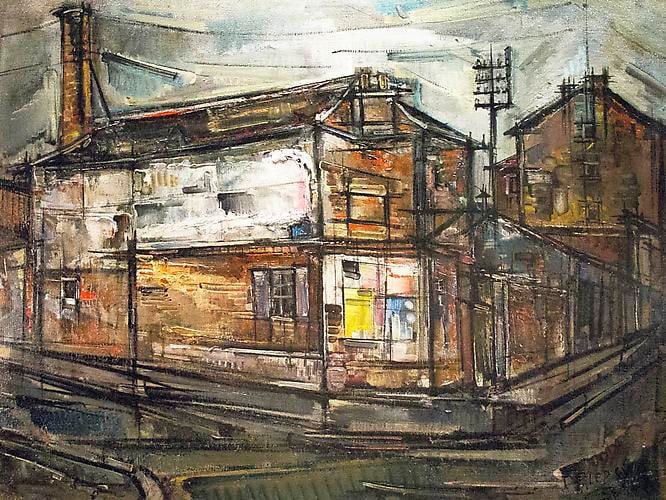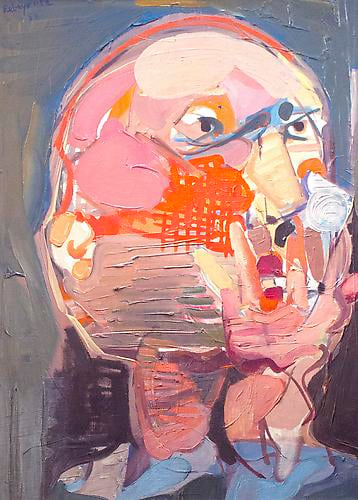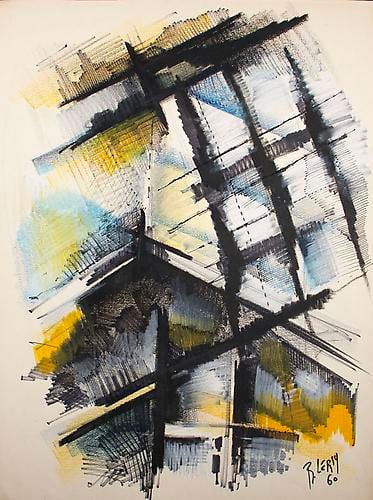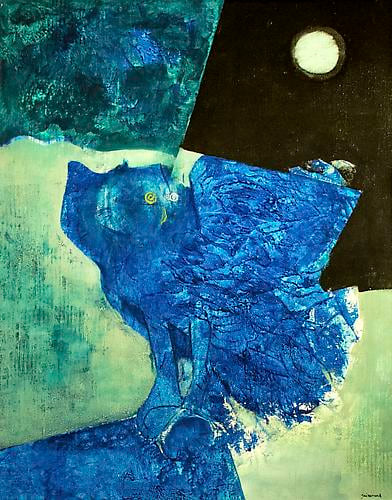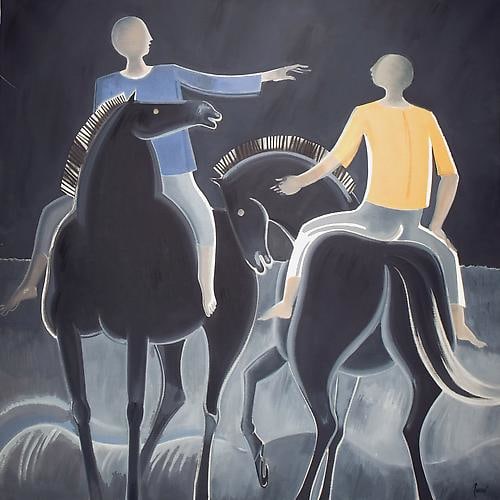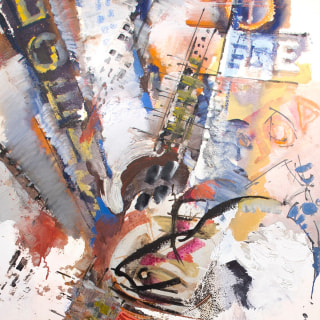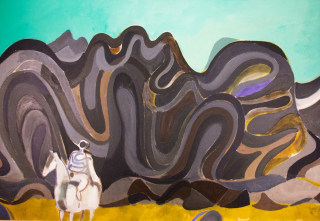
The École de Paris (EdP) Revisited
Ernest Hemingway in his memoir, A Movable Feast wrote of his life in Paris:
There is never any ending to Paris and the memory of each person who has lived in it differs from that of any other. We always returned to it no matter who we were or how it was changed or with what difficulties, or ease, it could be reached. Paris was always worth it and you received return for whatever you brought to it. But this is how Paris was in the early days when we were very poor and very happy.35
Hemingway’s Impressionist, Post-Impressionist, Fauve, and Cubist artist friends and colleagues painted in a variety of styles which already before his arrival in Paris, together formed the basis for what came to be called the “School of Paris” (École de Paris). Historically, distinctions could be made between artists who, in the late nineteenth century had come to study in Paris, only to return later to their native countries, and the series of artists who came to Paris in the first decades of the twentieth century. Many of these latter artists, such as Modigliani, Soutine, Chagall et al, mostly of Jewish origin and fleeing pogroms in Russia, Poland and elsewhere, arrived in Paris to stay and to become members of a permanent art community. Distinctions could also be made concerning the term School of Paris itself. At the beginning of the twentieth century, the School of Paris referred to all the artists, French or foreign, who painted and lived in Paris. A decade or two later, the same term had come to refer mainly to the above indicated foreign-born artists living and working in Paris. These two meanings bring on the question of whether the foreign artists who lived in Montmartre or congregated at the Café du Dôme on the boulevard Montparnasse should or should not be considered as an integral part of French art, which is to question whether or not French art of the time should be classified as an ethnic or purely aesthetic entity.
Guiramand, Lersy, Rebeyrolle and Zavaro were Paris-based post-abstract artists who are now being viewed with more respect than even in their most productive years of the 1960s and 1970s. These and some of their contemporaries are beginning to come on as valid strong points within our present day assessments of the ever-present School of Paris. These newly discovered representatives of this school are not in a league with predecessors such as Léger, Gris, Villon and Picasso but nevertheless a number of these artists are most worthy of our present new attention.


